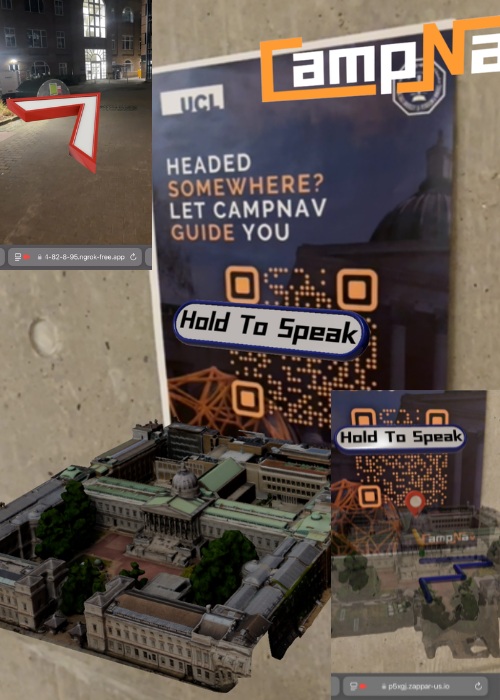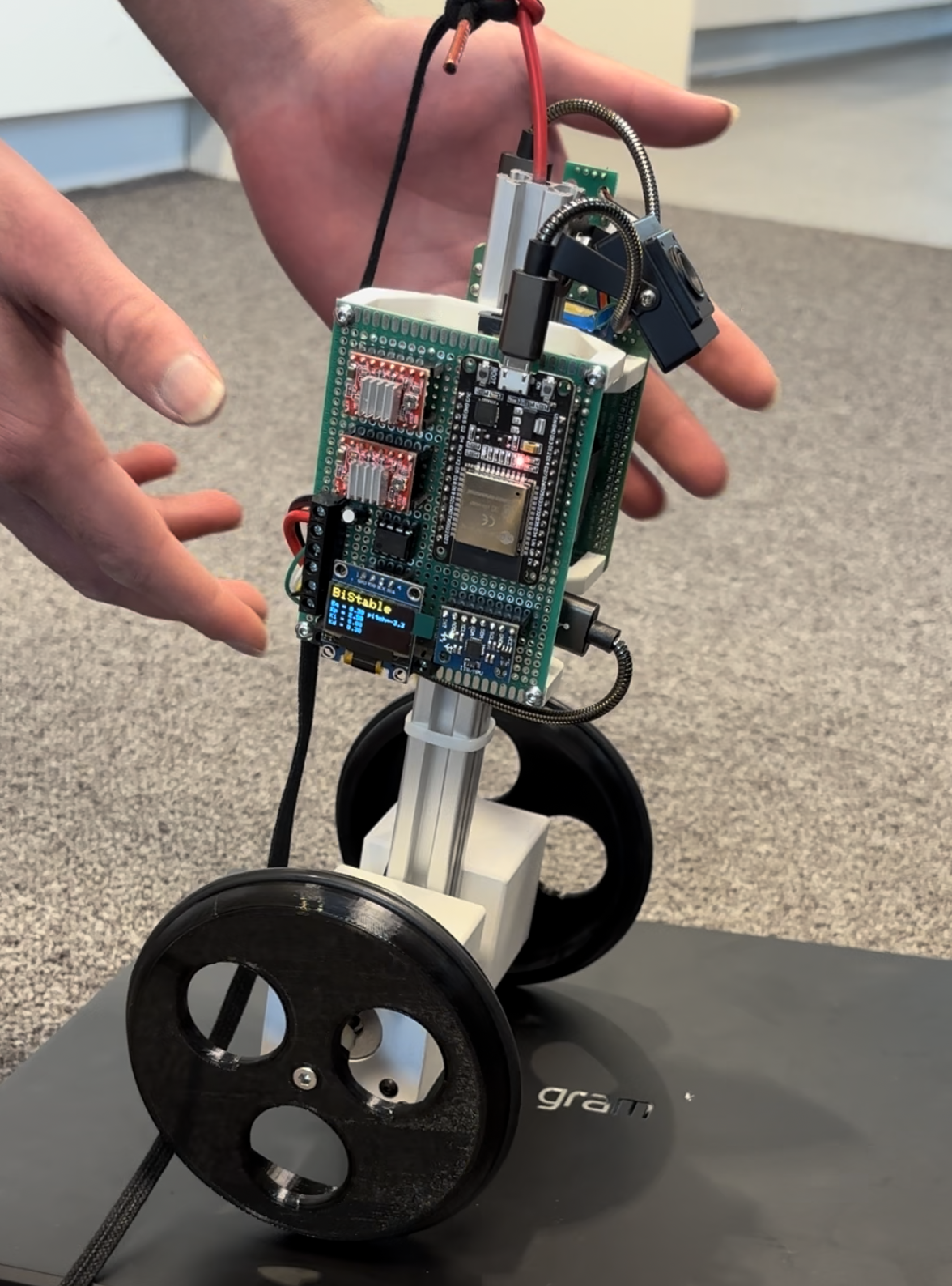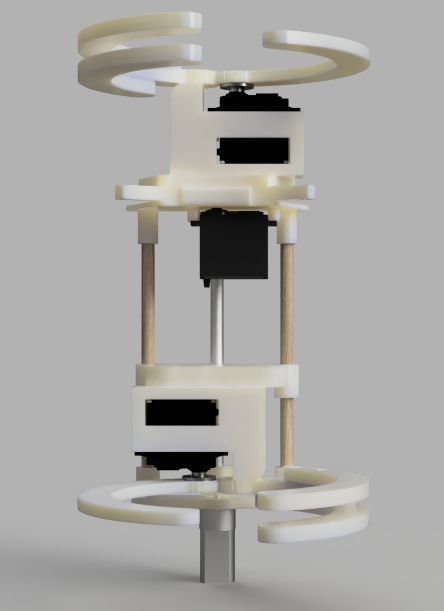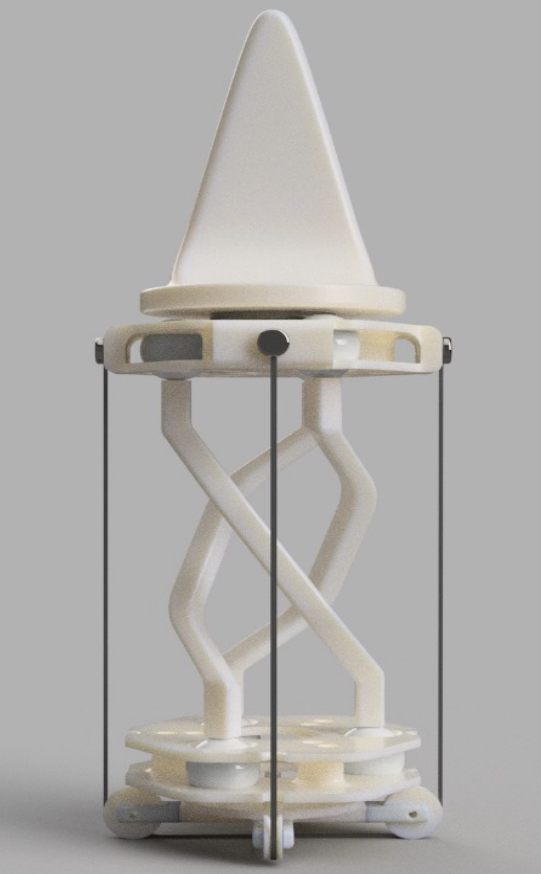Hassan Shahzad

At 12, I built my first combat robot from scratch—a 150-gram warrior designed to fit in a 10cm cube. That obsession with precision engineering and competitive robotics sparked a journey that’s shaped everything since.
Over the next 8 years, I progressed from antweight robots to building robot dogs, SLAM-navigational systems, and LLM agents for speech-to-action control. I developed RoboPipe and other software to enhance human-robot interaction. By the time I reached UCL for my Robotics and AI degree, I had nearly a decade of hands-on experience with autonomous systems.
But I realized even brilliant robots are useless if you can’t bring them to market. So at 20, I made a strategic pivot into entrepreneurship—not abandoning robotics, but gaining the business acumen to eventually commercialize my innovations. I founded Silkun Innovations on New Year’s Day 2025, treating the business world as my training ground.
Learning Through Iteration
Since starting Silkun, I’ve launched three ventures, each teaching invaluable lessons:
AR Dining taught me the difference between novelty and necessity. Turns out people don’t need 3D digital menus. They just want good food, fast.
ProduDex showed me that B2B solutions need teams, funding, and timing, not just good code. Even with 50,000 scraped ingredients and AI-powered supplier matching, my partner and I learned this the hard way.
Foodio is my current venture turning customer reviews into TikTok-ready content for takeaways. It’s proving that B2B only works when your clients make money, and that speaking to one right person beats speaking to 100 wrong ones.
I’m also running MeSnap, 3D printed MagSafe card holders with NFC chips for instant social sharing. It’s generating actual sales through TikTok and teaching me the nuances of physical product businesses.
The Vision
My goal is clear: Conversational commercial robots so seamlessly integrated into daily life that arguing with one becomes routine. It’s literally on my bucket list.
The difference is, when I launch that robotics startup, I won’t just be another engineer with a cool prototype. I’ll understand market validation, customer development, and how to build businesses that don’t just work technically, but actually make money.
I’m balancing full-time studies with full-time entrepreneurship because the best way to learn business is by doing it. Badly at first, then better. What drives me isn’t changing the world; it’s seeing someone actually use something I built as part of their daily routine.
Whether it’s soldering circuits at 12 or cold-emailing clients at 20, I’ve learned that diving into the unknown is the fastest way to discover what’s possible.
Ready to build something together?
selected publications
- Saudi Hackathon





